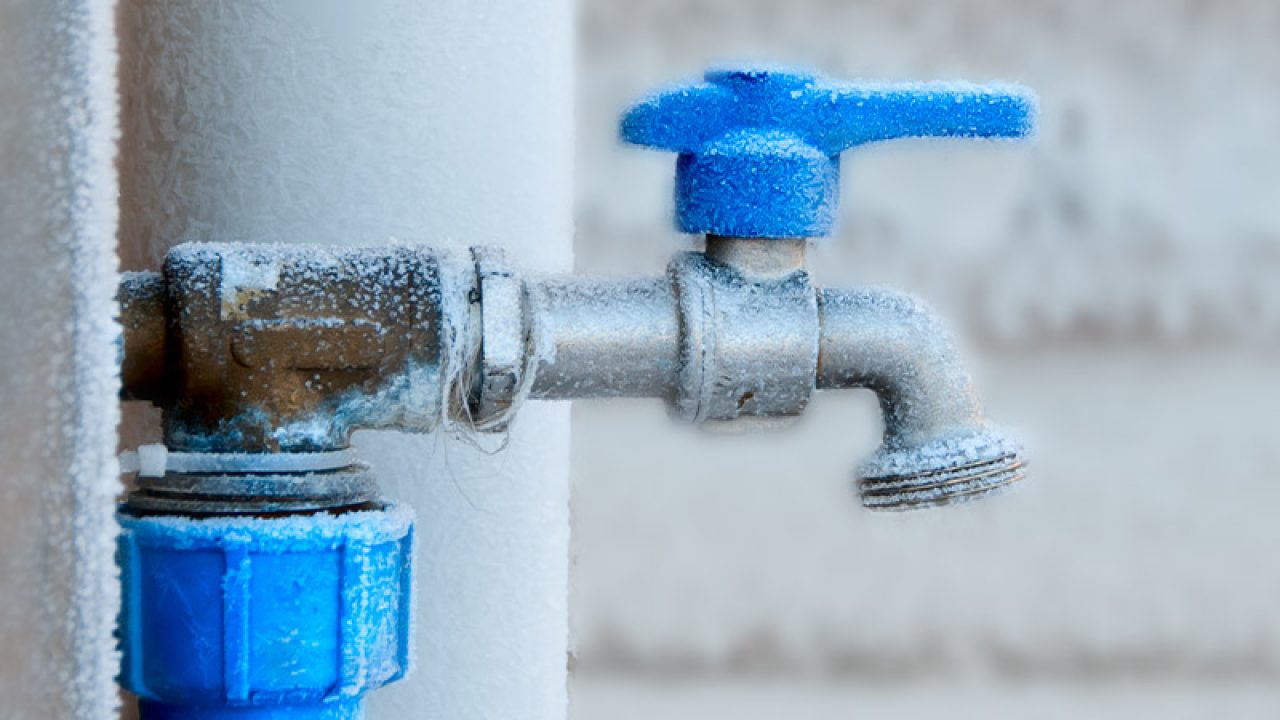Avoiding Frozen Plumbing: Best Tips for Winter
Avoiding Frozen Plumbing: Best Tips for Winter
Blog Article
What're your concepts about How To Avoid Freezing Pipes?

Winter can damage your plumbing, specifically by freezing pipelines. Here's exactly how to avoid it from occurring and what to do if it does.
Intro
As temperatures decrease, the threat of frozen pipes boosts, potentially resulting in expensive fixings and water damage. Comprehending just how to prevent frozen pipelines is important for homeowners in cool environments.
Prevention Tips
Protecting susceptible pipelines
Cover pipes in insulation sleeves or use warmth tape to shield them from freezing temperatures. Concentrate on pipes in unheated or external areas of the home.
Heating strategies
Keep indoor areas appropriately heated, especially areas with plumbing. Open up closet doors to enable warm air to distribute around pipes under sinks.
Exactly how to determine icy pipelines
Seek reduced water circulation from taps, unusual odors or noises from pipes, and noticeable frost on exposed pipes.
Long-Term Solutions
Structural adjustments
Think about rerouting pipelines away from exterior wall surfaces or unheated locations. Add extra insulation to attics, basements, and crawl spaces.
Updating insulation
Invest in top quality insulation for pipelines, attic rooms, and walls. Correct insulation assists preserve regular temperature levels and lowers the danger of icy pipes.
Protecting Exterior Plumbing
Yard hose pipes and exterior faucets
Separate and drain yard hoses prior to winter. Mount frost-proof spigots or cover outside taps with insulated caps.
Comprehending Icy Pipes
What triggers pipelines to freeze?
Pipes ice up when revealed to temperatures below 32 ° F (0 ° C) for prolonged durations. As water inside the pipelines freezes, it expands, taxing the pipeline wall surfaces and possibly causing them to burst.
Risks and problems
Frozen pipes can lead to water supply disturbances, property damage, and costly fixings. Burst pipes can flood homes and create extensive structural damage.
Signs of Frozen Water Lines
Determining icy pipelines early can avoid them from rupturing.
What to Do If Your Pipes Freeze
Immediate activities to take
If you suspect icy pipelines, keep taps available to eliminate pressure as the ice melts. Utilize a hairdryer or towels taken in hot water to thaw pipes gradually.
Verdict
Protecting against icy pipelines needs proactive actions and fast actions. By comprehending the causes, indicators, and safety nets, property owners can protect their pipes during winter.
5 Ways to Prevent Frozen Pipes
Drain Outdoor Faucets and Disconnect Hoses
First, close the shut-off valve that controls the flow of water in the pipe to your outdoor faucet. Then, head outside to disconnect and drain your hose and open the outdoor faucet to allow the water to completely drain out of the line. Turn off the faucet when done. Finally, head back to the shut-off valve and drain the remaining water inside the pipe into a bucket or container. Additionally, if you have a home irrigation system, you should consider hiring an expert to clear the system of water each year.
Insulate Pipes
One of the best and most cost-effective methods for preventing frozen water pipes is to wrap your pipes with insulation. This is especially important for areas in your home that aren’t exposed to heat, such as an attic. We suggest using foam sleeves, which can typically be found at your local hardware store.
Keep Heat Running at 65
Your pipes are located inside your walls, and the temperature there is much colder than the rest of the house. To prevent your pipes from freezing, The Insurance Information Institute suggests that you keep your home heated to at least 65 degrees, even when traveling. You may want to invest in smart devices that can keep an eye on the temperature in your home while you’re away.
Leave Water Dripping
Moving water — even a small trickle — can prevent ice from forming inside your pipes. When freezing temps are imminent, start a drip of water from all faucets that serve exposed pipes. Leaving a few faucets running will also help relieve pressure inside the pipes and help prevent a rupture if the water inside freezes.
Open Cupboard Doors
Warm your kitchen and bathroom pipes by opening cupboards and vanities. You should also leave your interior doors ajar to help warm air circulate evenly throughout your home.

We are very occupied with Prevent Frozen Pipes and I really hope you enjoyed reading the new blog entry. Sharing is nice. Helping people is fun. Thank-you for going through it.
Click Here Report this page